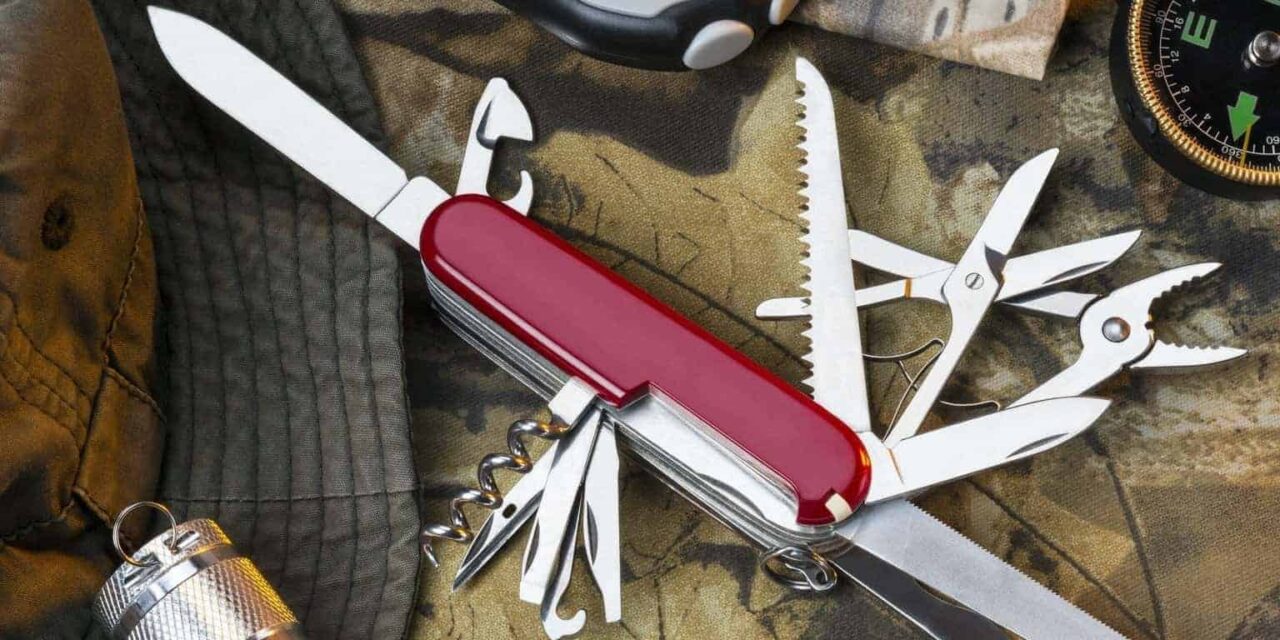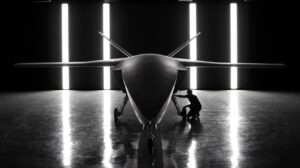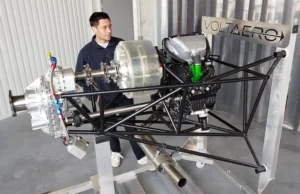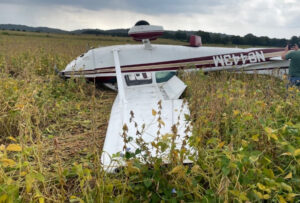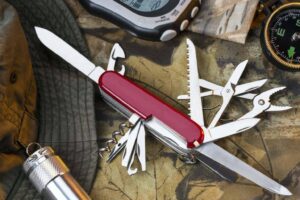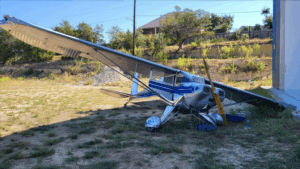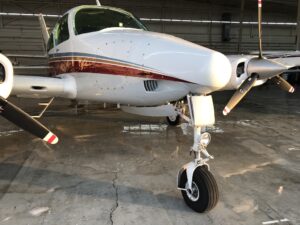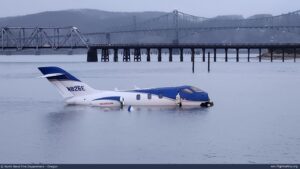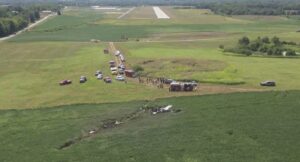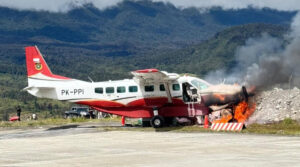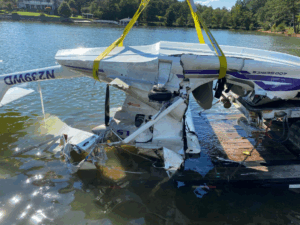Navigate the essentials of selecting the right pilot knife for everyday flying, backcountry adventures, and emergency preparedness.
Posted on September 14, 2025 by Hangar Debrief
Filed under: Gear, Flight Bag Essentials
The right knife is more than just a convenience—it can be a life-saving tool in the cockpit or in the field. Whether you’re tightening a cowling screw, cutting through a stubborn rope, or breaking a canopy in an emergency, the choice of knife matters.
Key Takeaways
- A knife should be standard gear in every pilot’s flight bag.
- Different flying missions call for different tools: utility, rescue, or survival.
- Pilots flying privately (non-airline) are not restricted by TSA rules for what they carry in their own aircraft.
- Choosing the right blade type, material, and features ensures readiness in both daily and emergency use.
Why Pilots Should Carry a Knife
Knives have long been trusted companions of aviators. Beyond opening oil bottles or trimming a piece of safety wire, knives provide vital safety functions. In bush or backcountry flying, a survival knife can mean the difference between comfort and hardship—or between escape and entrapment in the aftermath of an accident.
Different flight profiles call for different knives:
- Local flights: compact multitool or Swiss Army Knife.
- Cross-country: a reliable folding knife with both utility and rescue functions.
- Backcountry & off-airport operations: a survival knife or hammer-style tool with fire-starting and emergency features.
👉 Related Article Placeholder: [Link to another gear article, e.g., “Choosing the Right Pilot Flashlight”]
Types of Knives for Pilots
Knives for aviators fall into a few clear categories: multi-tools, Swiss Army-style classics, rescue knives, survival knives, and specialized hammer/multi-function escape tools.
Quick Look: Top Picks for 2025
- Everyday versatility: Leatherman Wingman Multi-Tool
- Compact utility: Victorinox Huntsman Swiss Army Knife
- Emergency egress: Gerber Zilch Rescue Folding Knife
- All-in-one survival: RoverTac 15-in-1 Tactical Folding Knife
- Heavy-duty escape tool: RoverTac Survival Hammer Pro
The Multi-Tool
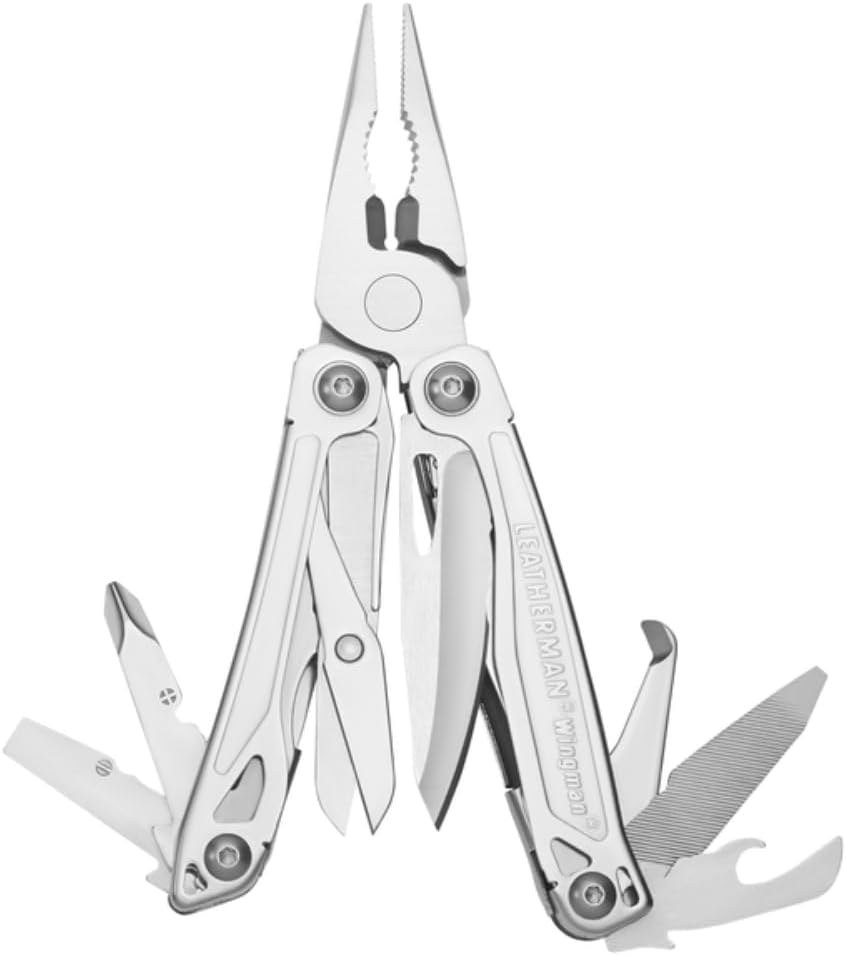
Leatherman has become a household name among pilots, mechanics, and outdoorsmen alike. The Wingman weighs just 7 ounces and includes spring-action pliers, multiple screwdrivers, scissors, and a 2.6-inch steel blade. Its pocket clip makes it easy to stow in a flight bag or on a belt.
Best for: Pilots who want a single tool for both preflight tinkering and cockpit use.
The Swiss Army Knife
Victorinox Huntsman Swiss Army Knife

A timeless favorite, the Huntsman includes 15 functions: large and small blades, corkscrew, wood saw, scissors, and more. At 3.6 inches closed and weighing 3.4 ounces, it slips easily into a flight jacket pocket.
Best for: Pilots looking for a lightweight, compact option with maximum versatility.
The Rescue Knife
Gerber Zilch Rescue Folding Knife
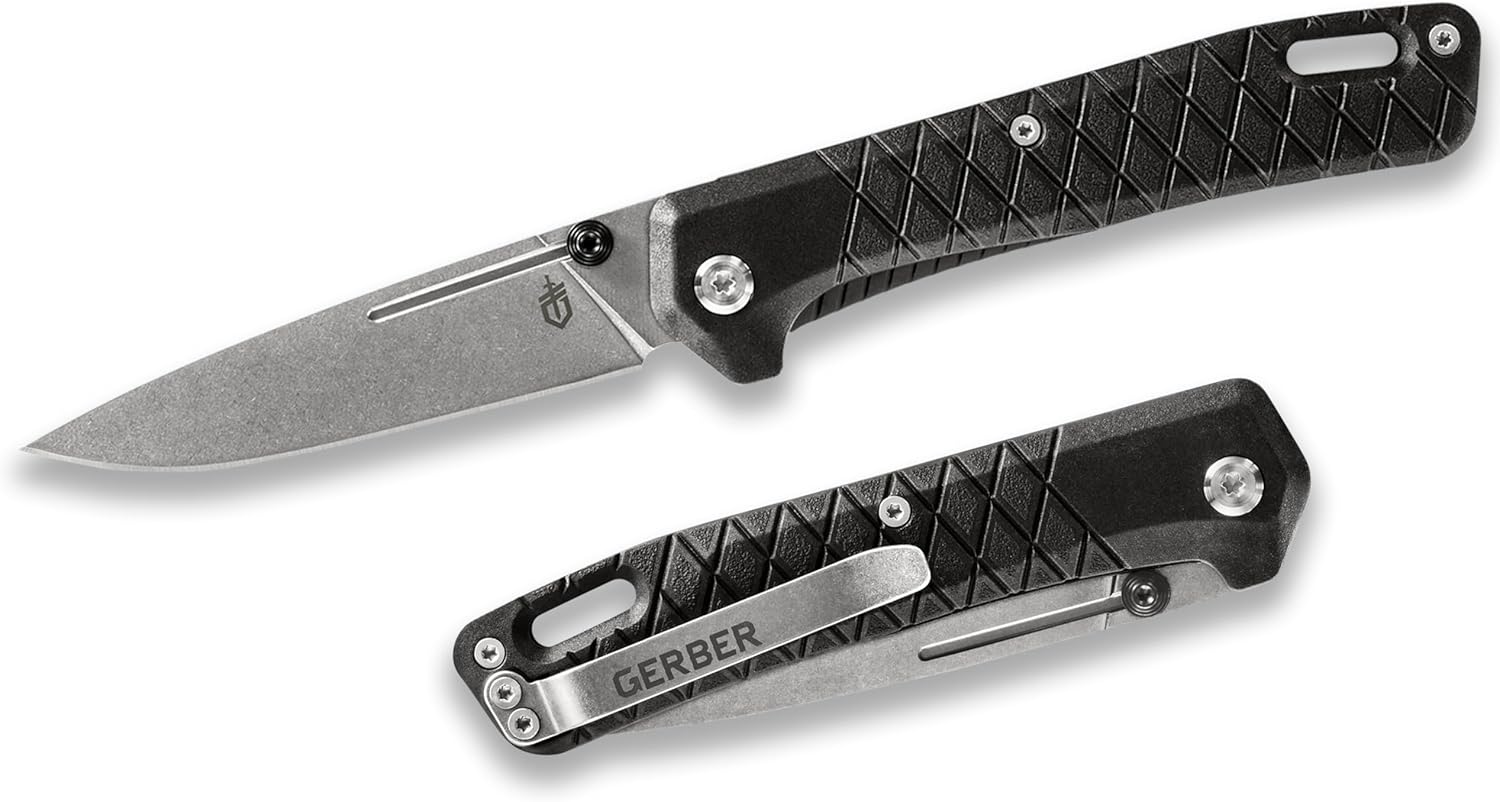
Designed with first responders in mind, this folding knife features a serrated blade for cutting straps, a built-in seatbelt cutter, and a pointed glass-breaker tip. At just under 4 ounces, it balances strength with portability.
Best for: Pilots who prioritize emergency escape capability.
The Survival Knife
RoverTac 12-in-1 Tactical Folding Knife

This rugged folding knife features a partially serrated 3.5-inch blade, seatbelt cutter, window breaker, fire starter, and LED mini-light. It weighs 7 ounces and includes a pocket clip and sheath.
Best for: Backcountry pilots or those operating far from immediate rescue resources.
The Multi-Function Survival Hammer

This 16-in-1 tool packs a hammer, axe head, multiple screwdrivers, pliers, and a folding 3-inch knife blade. Weighing 15 ounces, it’s larger than other options but ideal for pilots operating in remote areas or working around rugged terrain.
Best for: Pilots who want a dedicated survival tool with both cutting and hammering capability.
What to Look for in a Pilot Knife
Blade Type
- Folding blades: More compact, safer to carry, often include extra features.
- Fixed blades: Stronger, easier to deploy quickly, but heavier.
Blade Steel
- Stainless steel: Corrosion resistant, low maintenance.
- High-carbon steel: Sharper edge, sparks for fire-starting, but rusts easier.
- Coated steels: Offer durability and protection in harsh environments.
Critical Safety Features
- Seatbelt cutter: Essential for fast escape.
- Window breaker: Effective against Plexiglas or tempered glass.
- LED light: Provides illumination without needing a separate flashlight.
- Fire starter: Crucial for survival situations in remote areas.
Size and Weight
Keep it manageable. Knives over 5 inches may run afoul of local knife laws. For flight bags, sub-8 ounces is usually ideal for balancing utility and portability.
Final Thoughts
Every pilot should carry a knife, but the right knife depends on the flying you do most. A multi-tool may be perfect for local flights, while a survival hammer belongs in a bush pilot’s kit. By choosing wisely, you’ll add not only convenience but also safety and preparedness to your aviation toolkit.

